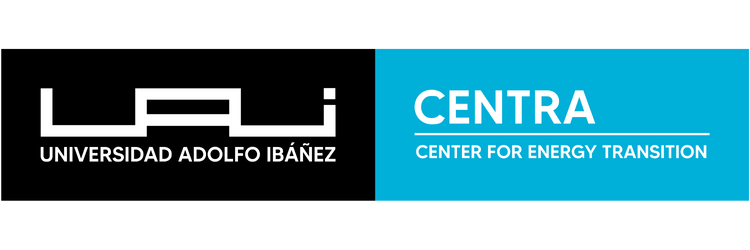Chile already has more than 2,500 free customers
November 10, 2025
A free customer is an electricity consumer who is not subject to the tariff regulated by the authority, but who can choose their energy supplier and directly negotiate the price and conditions of their supply. According to Lorenzo Reyes Bozo, Dean of the Faculty of Engineering and Business at the Universidad de Las Américas, unlike a regulated customer (for example, households or SMEs) who pays a price periodically set by the National Energy Commission, the free customer has the freedom to agree with an electric company on the cost of the energy they consume, the contracted amount, the duration of the contract, and other details. Cristián Muñoz, Director of Breves de Energía and Professor of Energy Economics and Environment at the Pontificia Universidad Católica, points out that anyone with a connected consumption of more than 300 kW is considered a free customer. “For example, a small supermarket has consumption of that order,” he says. “The free customer calls a generator or a marketer to ask for an energy supply quote,” adds Muñoz.
SAVINGS CAN BE UP TO 35%
The contract signed by free customers is called a corporate PPA (Power Purchase Agreement), “which is basically an energy sales contract, in which the generator commits to supplying energy for a period, and at a defined price, to a customer,” explains Cristián Muñoz. Lorenzo Reyes Bozo says that a corporate PPA contract can be medium or long-term — usually between 5 and 20 years — providing price stability for the customer and secure financing for the generator. “In it, a price for energy is agreed upon, either fixed or indexed to variables such as inflation or exchange rate, and the contracted volume, the delivery point, and the supply modality (physical or virtual) are established,” says the UDLA academic. Rodrigo Barraza explains that in a PPA, the price is normally set at a stable rate for several years, typically between 4 and 10 years. According to Reyes Bozo, companies that migrate to this system can obtain savings between 18% and 35% in their electricity costs, in addition to achieving greater budget stability through long-term contracts (PPAs). “This trend will continue, favored by the expansion of renewable supply, which could eventually also be reflected in lower regulated tariffs in the medium term,” he points out.
There are several suppliers; for example, among the generators are Colbún, AES, and Enel. Among marketers, there are some such as IMELSA. Rodrigo Barraza, Director of the Energy Transition Center (CENTRA) at the Faculty of Engineering and Sciences of the Universidad Adolfo Ibáñez, states that these customers “can opt for the free-customer regime when they have a connected capacity of up to 5,000 kW (after notice and compliance with the established process).” Reyes Bozo explains that “below 300 kW of capacity, the customer is classified as regulated (typically households and small businesses).” He adds that unlike a regulated customer, whose supply is guaranteed by the distributor in their area, the free customer must ensure they always have an active contract with some supplier so as not to be left without supply.
Total of customers
Large industries and large-scale companies such as mining, cement, agricultural plantations, universities, clinics, or malls are usually free customers: they choose which generator or marketer they will contract their electricity with and at what price, instead of paying the common rate defined by the authority. This possibility of choice allows them to seek more convenient offers or energy from specific sources (for example, 100% renewable), adapting the supply to their needs. Reyes Bozo explains that although the number of free customers is small compared to the enormous number of regulated customers, these few customers represent a significant portion of the country’s electricity demand. For example, the UDLA academic indicates that “as of November 2024 there were 2,554 free customers supplied throughout the country, compared to more than 7.5 million total customers in the electrical system.” The latest modification to the General Law of Electric Services (LGSE) was applied in February, when all customers with a connected capacity greater than 300 kW — previously 500 kW — were allowed to opt for this regime, which now represents more than 60% of national electricity demand. Despite this, and although Muñoz explains that commercialization is increasing, he maintains that “the figure of the energy marketer is still not widely developed, which is key in the development of electricity retail.” He says that electricity retail, or direct sales to small-scale customers, is already a reality in the countries of the Northern Hemisphere. “In Chile, it was proposed for the first time in 2024,” says Muñoz. Lorenzo Reyes Bozo states that becoming a free customer in the Chilean electricity market involves a planned and regulated process, which begins with verifying the contracted capacity (greater than 300 kW) and notifying the distribution company at least 12 months in advance. Reyes Bozo points out that given the competitive nature of the market — with dozens of active suppliers — many companies carry out private tenders and turn to specialized advisors to optimize their decision.

